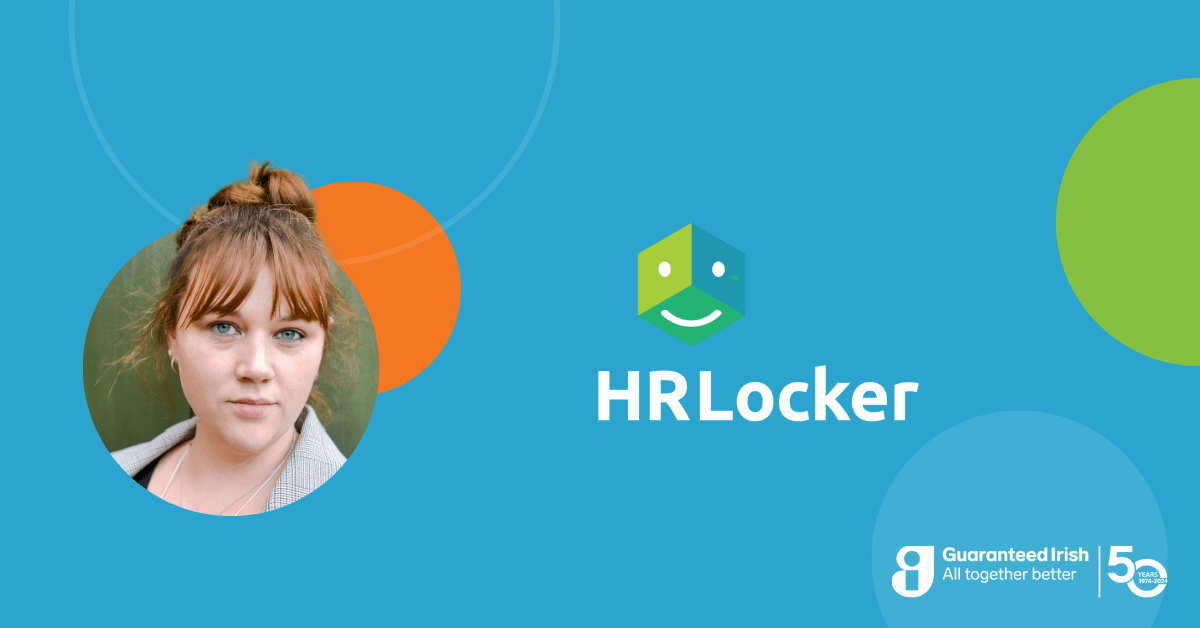The Shift in Work Dynamics - AI Influence and Executive Challenges Ahead
Crystel Robbins Rynne, Chief Operating Officer
Crystel is responsible for maintaining and driving operational results within HRLocker. She is part of the executive management team, an employee experience advocate and host of the popular HRLocker podcast.
The work environment has transformed more within the past four years than over the previous four decades, with no sign of deceleration. Today's business leaders and HR professionals are contending with significant shortages of talent and skills, stringent employment laws, employee demands, and the introduction of groundbreaking technologies reshaping business practices.
Addressing Talent and Skills Shortages
Those attempting to fill job vacancies over the past year can attest to the difficulties in securing skilled personnel. With an unemployment rate of 4.4%, the situation is predictably challenging. According to Statista, there were more than 23,000 job openings at the end of 2023, primarily in skilled roles. In the tech sector, there has been a 30% rise in vacancies, particularly in areas linked to cloud computing and AI, from pre-pandemic levels.
This situation poses a dual challenge for HR professionals- promptly securing highly skilled workers and retaining existing staff amidst tough competition. Forward-thinking recruitment strategies, such as promoting employer brands, increasing employee engagement, and providing extensive training programs are vital. Additionally, tapping into a broader global talent pool via remote recruitment can help overcome local skill shortages.
Increasing Employment Regulations
Earlier this year, I discussed new regulations introduced by the Irish Government and the challenges they pose, especially for SMEs. These range from increases in the national living wage to new sick pay rights and the ability to request remote working, all of which significantly increase the financial and administrative load on employers.
While these changes are beneficial at a societal level, they require companies to stay informed and modify their operations to not only comply with the law but also use these regulations to improve workplace standards. For instance, the adoption of GDPR has necessitated changes in how employee data is managed; similarly, evolving standards in remote work policies demand that HR teams continually adjust their strategies to maintain compliance and operational effectiveness.
Responding to Evolving Employee Expectations
As Gen Z begins to dominate the workforce, they introduce a new set of expectations that many business leaders find challenging to meet. However, it’s not just the younger workers, the pandemic significantly accelerated a shift in employee expectations, with an increasing number now prioritising flexibility, work-life balance, and a culture that resonates with their personal values.
Employees today anticipate their workplaces to offer remote or hybrid work options, a strong commitment to health and well-being, and a culture that supports diversity and inclusion. For HR professionals, meeting these expectations while also balancing business needs is a considerable challenge. Recently, there's been a noticeable increase in employers mandating a return to the office. With such conflicting demands, especially amid the aforementioned talent shortages, employee turnover is escalating.
AI, Your New Work Companion?
The integration of artificial intelligence and general AI into the workplace over the past year has been remarkable but has also significantly altered employee behaviours and job dynamics across various sectors. As AI becomes more widespread, it not only boosts productivity but also introduces complex challenges for HR professionals in managing the human-technology interface.
There is growing concern among employees about AI and automation potentially displacing jobs, which can affect morale and engagement, creating an atmosphere of uncertainty. Companies must tackle these concerns directly by promoting an organisational culture that views AI as a collaborator rather than a substitute. Effective communication—clearly explaining how AI is intended to augment human capabilities, not replace them—can help alleviate these fears. For example, presenting case studies where AI has enabled employees to focus on more creative and strategic tasks can highlight the benefits of this technological shift.
Additionally, the adoption of AI raises questions about how employees interact with new technologies. There is often a learning curve associated with adopting new tools, and not all employees may be equally comfortable with these changes. Employers must therefore invest in comprehensive training programs that not only teach technical skills but also help staff understand the best practices for interacting with AI systems. These programs should cater to varying levels of tech proficiency among employees, ensuring that everyone can confidently use AI tools.
Another significant challenge is the need to redesign job roles to effectively incorporate AI. This task involves understanding the specific functionalities of AI technologies and rethinking how tasks and responsibilities are distributed between human employees and machines. Organisations must communicate clearly to ensure that job redesigns enhance efficiency without causing role ambiguity or excessive reliance on technology.
To successfully steer through these challenges, strategic collaborations with technology firms and academic institutions are essential. These partnerships provide access to state-of-the-art AI applications and training resources, ensuring that the workforce remains skilled and adaptable. Moreover, these partnerships can act as conduits for continuous feedback on the practical challenges faced by employees in their daily interactions with AI, facilitating ongoing refinement of both the technology and its workplace applications.
Final Thoughts
The future of work is already here, and it requires a proactive, strategic approach from HR professionals. The challenges of talent shortages, complex regulations, changing employee expectations, and technological advancements are considerable, yet they also offer opportunities for growth and innovation.
By addressing these challenges directly, leaders can guarantee their organisations are proactive, not merely reactive, in creating a workplace that is resilient, inclusive, and progressive.


